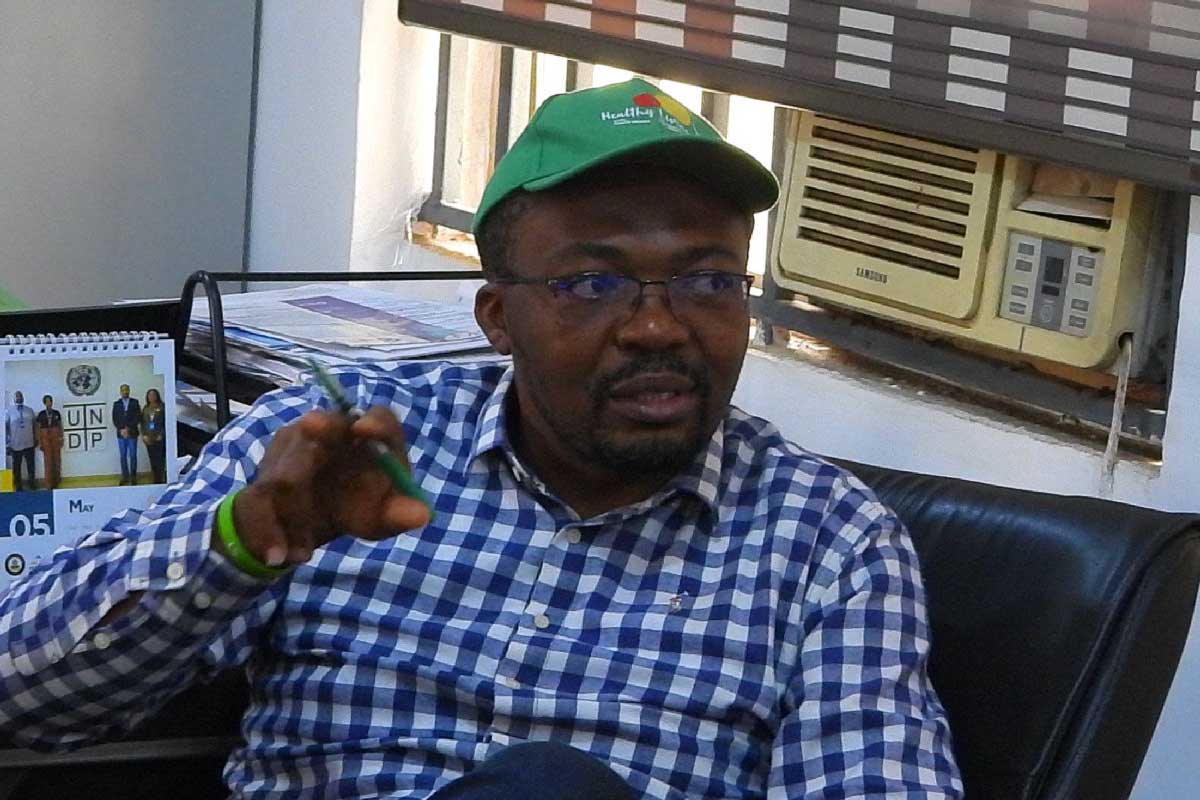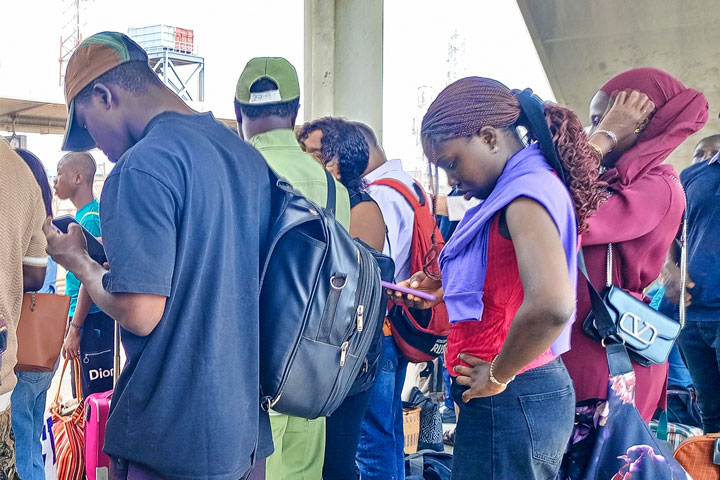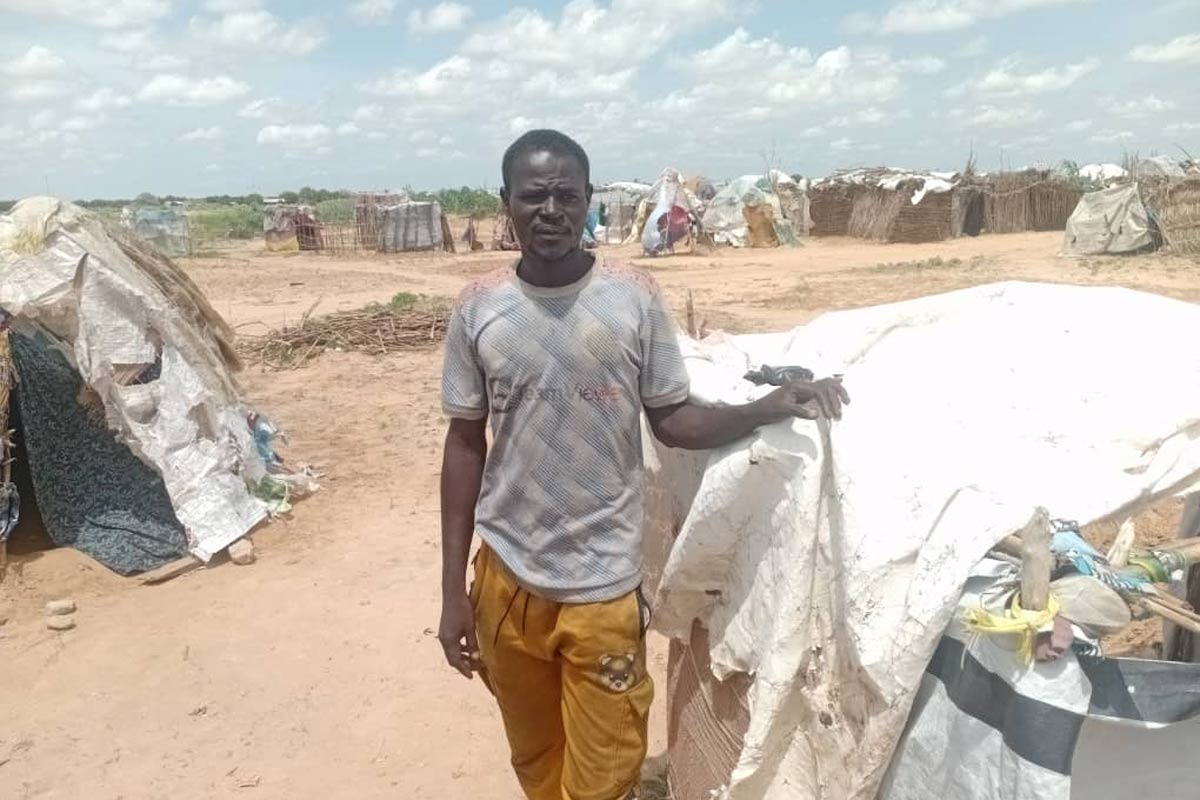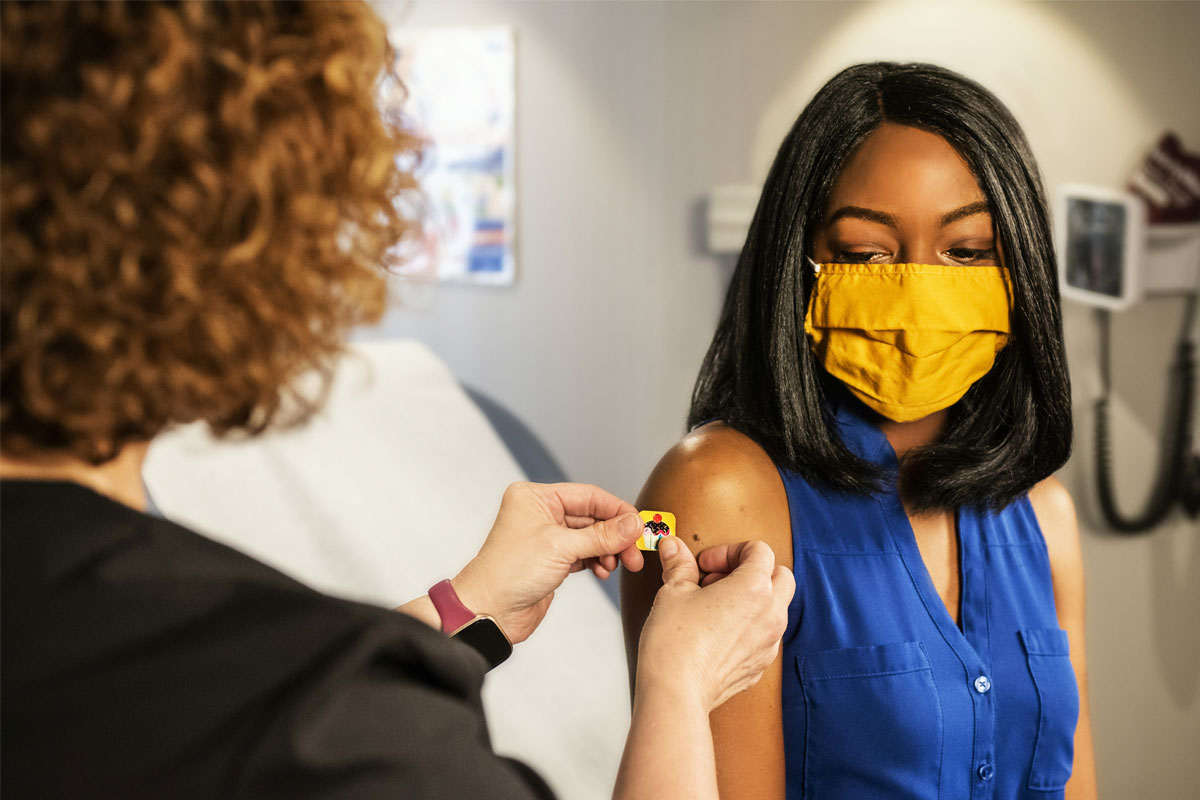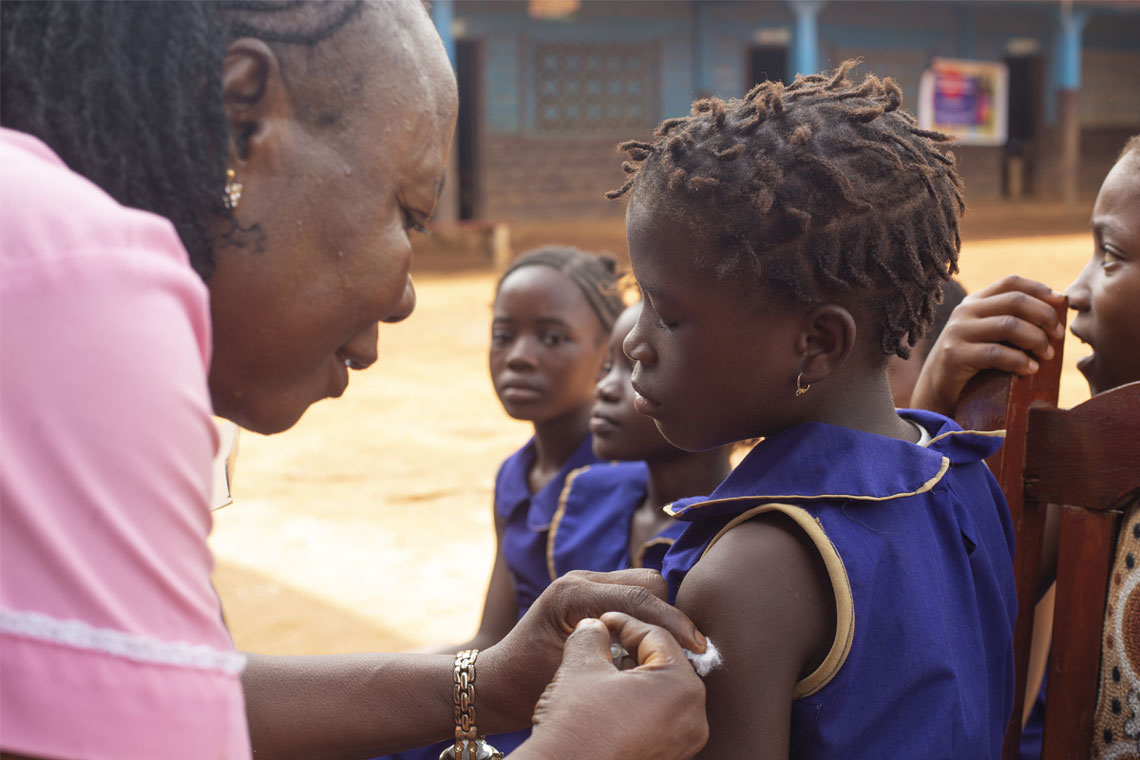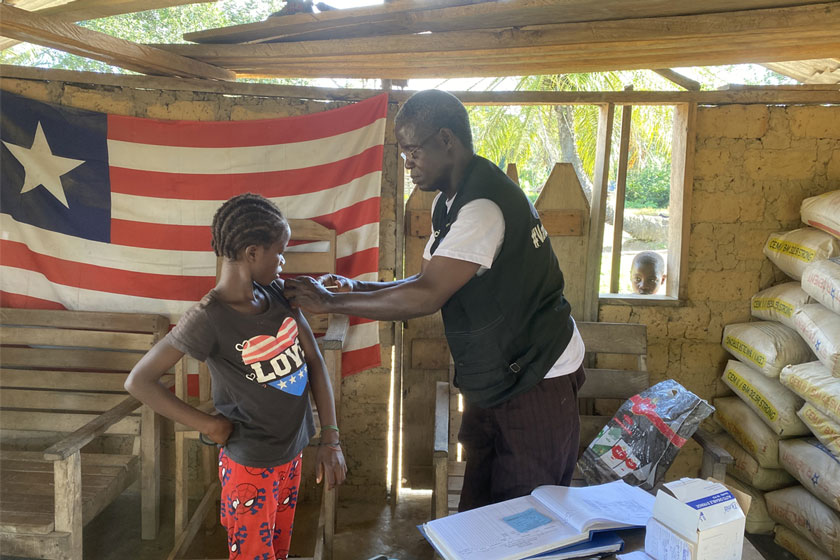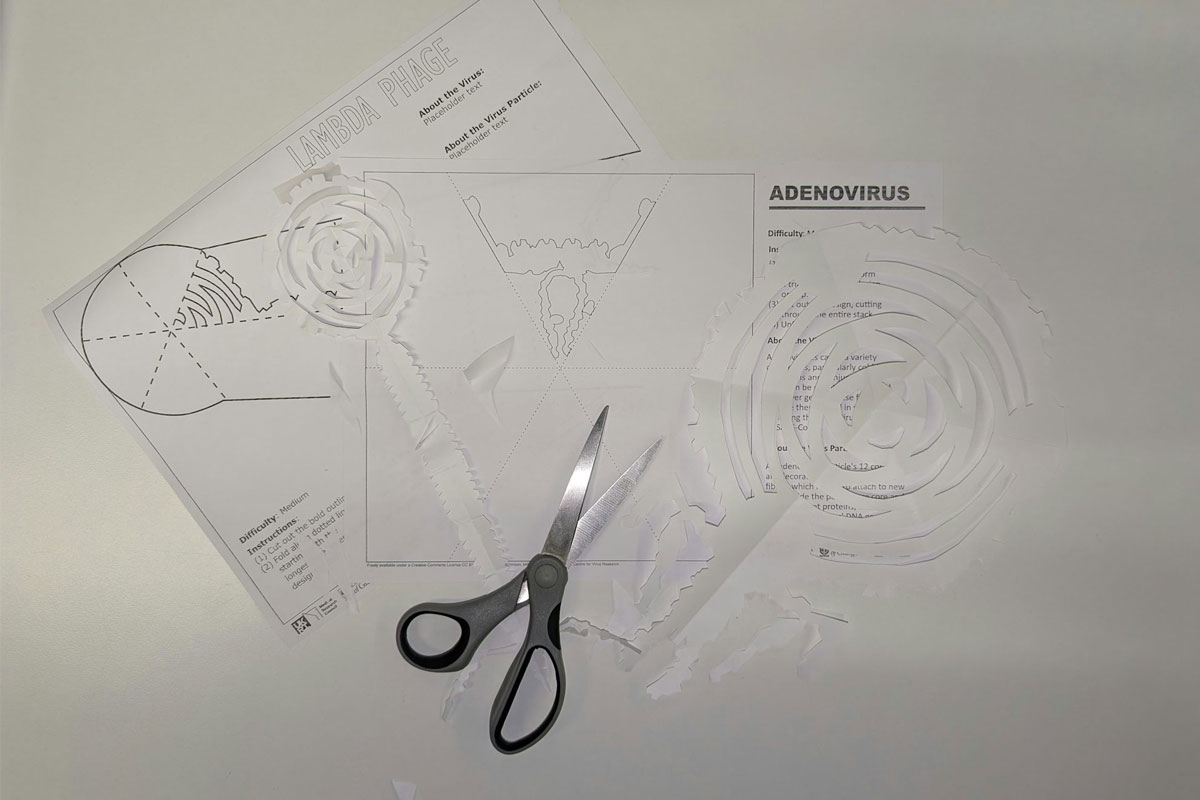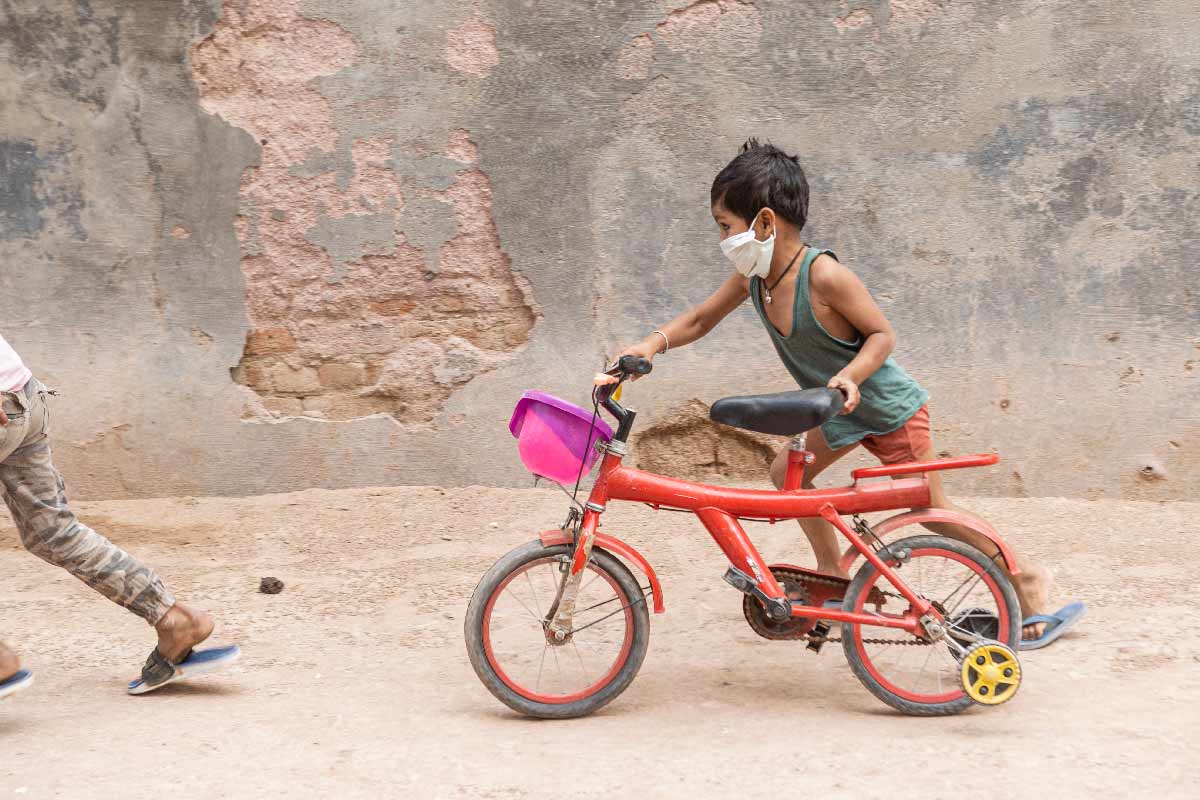Katsina’s nomadic children are always on the move. But so are the vaccines they need
In Katsina, Nigeria, children in nomadic communities are among the hardest to access. But with innovative strategies, from livestock vaccination to motorbike outreach, health workers are reaching children once left behind.
- 23 October 2025
- 6 min read
- by Jesusegun Alagbe
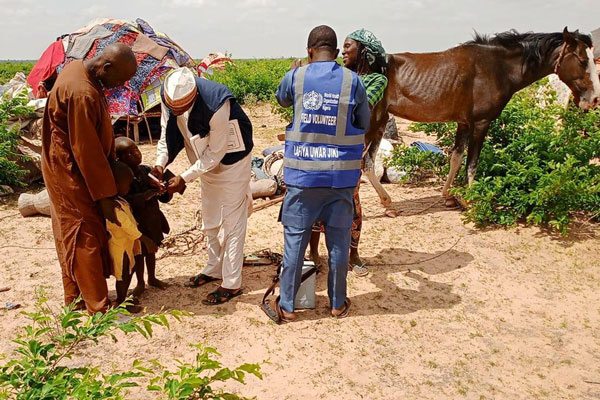
Under the shade of an acacia tree on the outskirts of Ingawa, in the northern Nigerian state of Katsina, Fulani herdsman Usaini Jabir watched his cattle graze. A faint humming sound called for his attention, and he looked up to see a motorcycle approaching on a dusty path. On it rode a health worker, with a vaccine carrier strapped to his back. He had come to vaccinate the children of Jabir’s nomadic community.
This was early 2019, and Jabir’s then four-year-old son Abdullahi had never received a single vaccine. For nomads like Jabir, constantly on the move in search of pasture for their cattle, healthcare had long been out of reach. But that day, the clinic came to them.
“I didn’t know that childhood immunisation was a good thing; I held some wrong beliefs. But after the health workers counselled me, I was enlightened, and I allowed my son to be vaccinated,” Jabir told VaccinesWork.
“Since then, I noticed that my son, now 10, doesn’t fall sick like his mates in our community.” When other children were covered in rashes, his son’s skin was clear, recalled Jabir. “He now leads the herd these days because he is healthy and capable.”
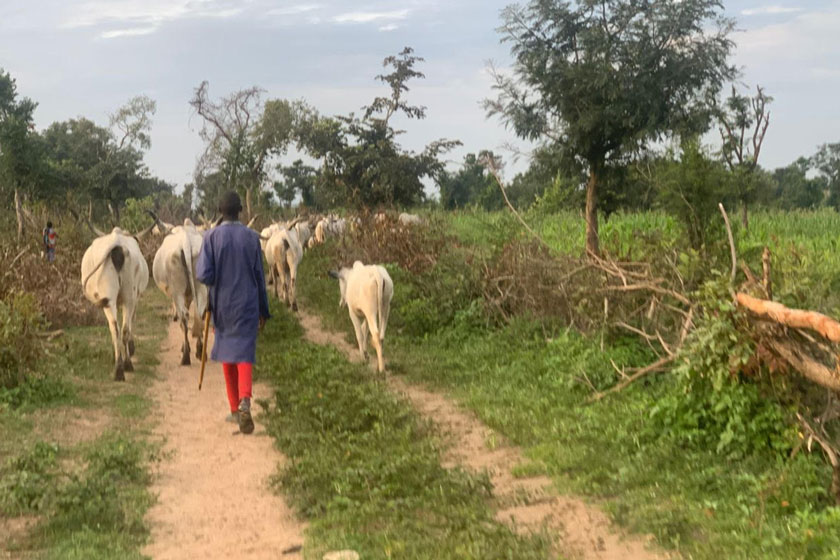
A two-wheeled clinic
It was not only Abdullahi who benefitted from the programme.
For Samira Bashir, a mother of six in Ingawa, the sight of health workers arriving on motorcycles was a surprise. “One could only find health workers in the big towns and cities,” she explained. “But then they came to us and enlightened us about vaccines’ benefits for our children. To add sweetness to their message, they also brought medicines for our cows. The distrust I had for them vanished,” Bashir said.
The 42-year-old said she and her husband immediately allowed the health workers to vaccinate their children and their cattle.
“I observed that two of my children who were not initially vaccinated used to fall sick more frequently than the remaining four. When many children were affected with rashes, the two children were affected, while nothing happened to the other four. But I have since taken the two for immunisation,” she said.
Left behind
Katsina is among the states that host a large proportion of the country’s estimated 18 million-strong Fulani population, particularly those who are nomadic and semi-nomadic.
Public health experts say it’s that transient lifestyle – with regular movement propelled by the search for water and grazing for their cattle – that principally accounts for the relatively high proportion of under-immunised children among the Fulani.
In Ingawa, health officials estimate that zero-dose prevalence is more than twice as high among Fulani children compared to settled communities. “The Fulani children are hard to reach because they are always on the move. You can find them here today and there tomorrow. You also can’t find them in schools to be immunised because they are raised to rear cattle, not to attend schools. Many times, when we want to immunise them, we use motorcycles or bullock carts (if they are not too far away) to carry vaccines to them,” said Halimatu Mati, an immunisation officer at the Primary Health Centre, Ingawa.
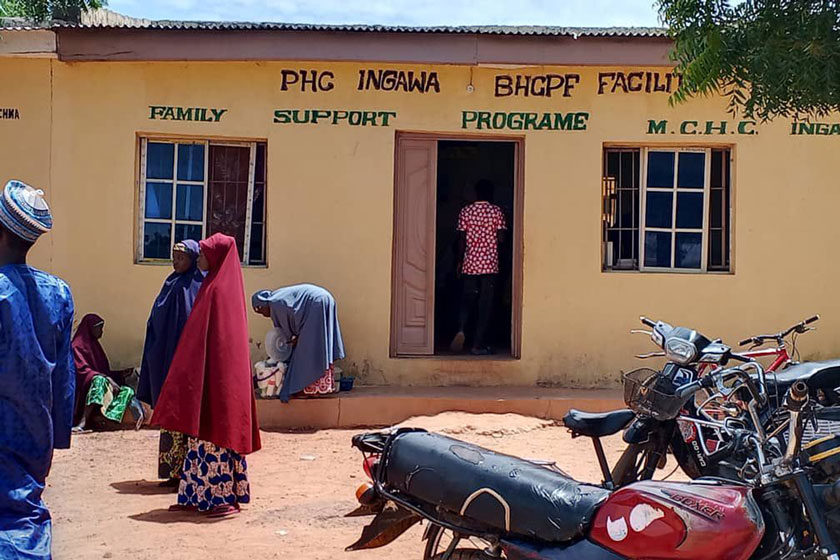
Those patterns contribute to relatively elevated numbers of missed out children state-wide: in early 2025, Rahama Mohammed Farah, the UNICEF Chief of Kano Field Office, told the News Agency of Nigeriathat there are currently over 171,000 zero-dose children in Katsina State – a higher figure than the about 105,000 in Jigawa State, with a population only modestly smaller than Katsina’s.
Tackling vaccine inequity
To change that, in 2018, the Katsina State government, with support from the World Health Organization (WHO), Gavi, and other partners, began tailoring its immunisation strategy to better reach nomadic communities.
Have you read?
According to Mati, health workers like her were trained and equipped to travel long distances on motorcycles to meet nomadic families at their camps. To win the herders’ trust, the programme also introduced livestock vaccination alongside child immunisation – an approach that helped parents see the value of vaccination in general.
Since 2018, the Katsina government has continued in its effort to reach its nomadic population. In February this year, Dikko Radda, the state governor, emphasised his commitment to sustaining the gains made in collaboration with Gavi, saying that it was his administration’s duty to eliminate all barriers to immunisation.
Voices from the frontline
That means that still now, every month, health workers in Ingawa set out on motorcycles to reach nomadic camps. For them, the job is not only about carrying vaccines, but also about patience and persistence. They say the motorcycle and livestock immunisation strategies have proven challenging, but rewarding.
“Sometimes we travel for hours on dusty paths before we see a single camp,” said Nafiu Suleiman, a community health worker. “The families are always moving with their cattle. It is tiring, but when you see a child get vaccinated for the very first time, it gives you the strength to keep going. Many of them now feel happy whenever they see us. Some still reject the vaccines for their children, but we try to convince them. We won’t give up.”
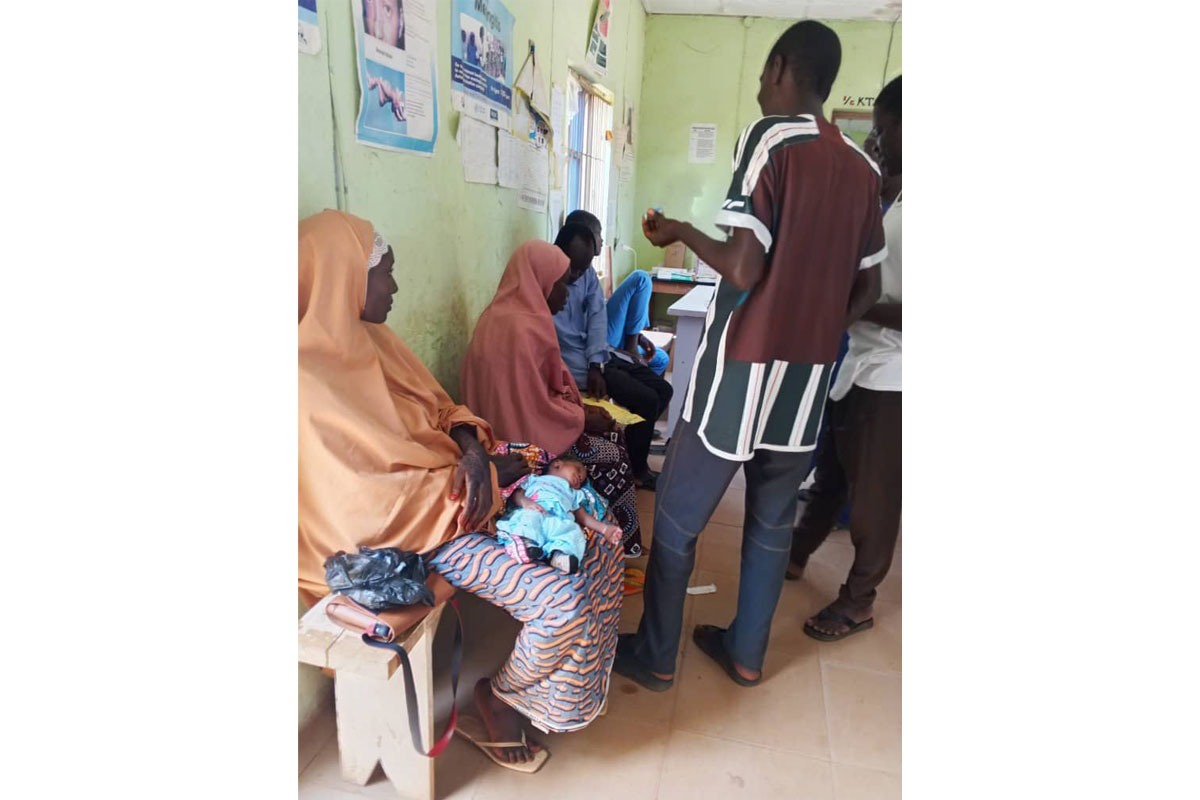
For Hauwa Bello, another local health worker, the challenge initially lies in building trust with the nomads. “But over time, we have been able to do that with many. When we treated their cows, they began to listen,” she said.
Shuaibu Babangida, an immunisation officer at the Ingawa health centre, said the livestock vaccination is usually done once a year, or anytime there is a nationwide need for vaccinating livestock. “They are now aware of livestock vaccination, and this has improved child immunisation,” he said.
Building trust
For many of Ingawa’s nomadic families, the decision to vaccinate their children does not only rest on health workers’ persistence, but also on the approval of community leaders.
“At first, some parents did not understand why vaccines were important,” Haruna Isa, a Fulani community leader in Ingawa, told VaccinesWork. “We had to explain that vaccines protect and make our children healthy.”
Isa now works closely with health officials to announce vaccination days, guide vaccinators to grazing routes, and persuade hesitant parents. “Most times, if we don’t see the health workers come to us, I encourage the parents to take their children to the health centre. Even at mosques, we sensitise our people,” he said.
